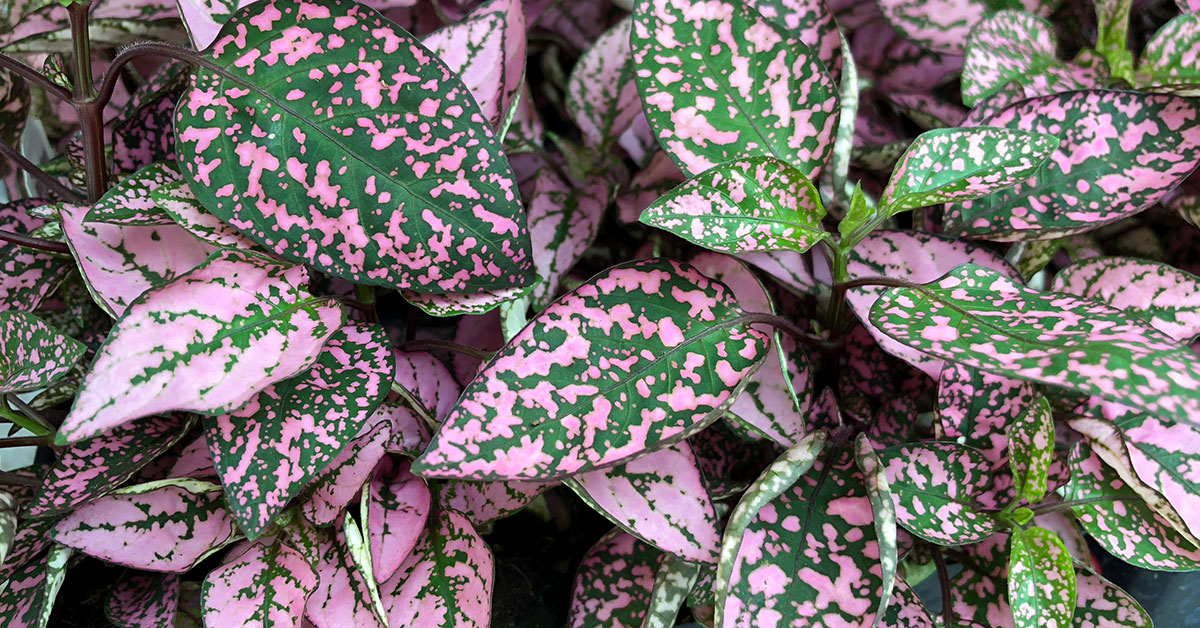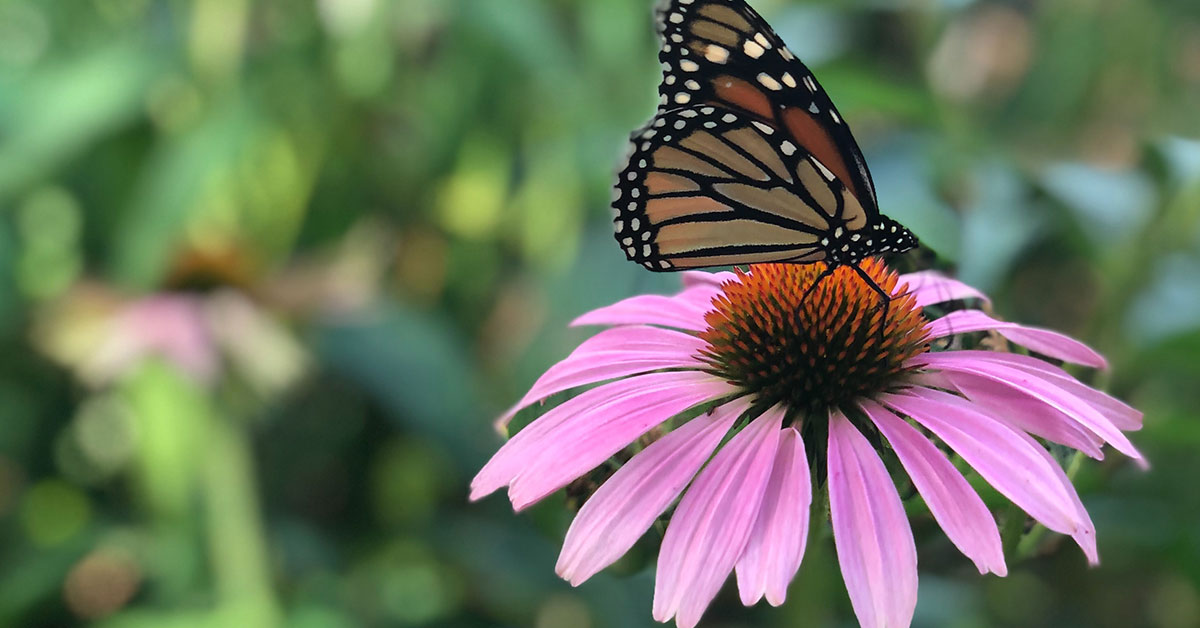The polka dot plant (Hypoestes Phyllostachys) is a common houseplant with small, round to oval-shaped variegated green leaves with white or pink spots. This plant can grow up to 30 inches tall and wide, and it is a popular choice for adding a splash of color to any room. However, if the polka dot plant is not pruned or trimmed on occasion, it can become leggy and spindly. This can be prevented by regularly pruning off any dead or damaged leaves and stems, as well as trimming back any overly long stems to keep the plant looking full and healthy. In this article, we’ll explore when and how to prune a polka dot plant and what care needs to be offered after pruning.
Why prune your polka dot plant?
When polka dot plants are grown indoors, they have a bit more difficulty growing into a bushy shape. The stems of the polka dot plant can become long and spindly, and the plant can become lanky and look untidy. Pruning is a great way to help your polka dot plant become bushier and healthier. Pruning involves cutting off the top portion of the stems to encourage new growth. This will encourage the plant to grow outward and fill in the gaps, resulting in a fuller, healthier-looking plant. Pruning also promotes bushier growth and will help the plant to establish a stronger root system.
Pruning dead leaves and stems off of a polka dot plant encourages better health and growth because it allows the plant to focus its energy on new growth and healthy foliage. Pruning also helps plants to maintain a desirable shape and size, and it prevents the plant from becoming leggy and sparse. Additionally, pruning off dead leaves and stems helps to enhance light and air circulation, which promotes healthy growth. Finally, pruning helps to prevent the spread of disease, as dead leaves and stems can harbor disease-causing pathogens.
When and how to prune a polka dot plant
The best time to prune a polka dot plant is after its growing season ends in the fall. This is because the plant will be entering its dormancy period and pruning will help it to maintain a healthy shape. Pruning helps to remove any dead or diseased branches and encourages new growth. This will help to ensure that the plant remains healthy and vigorous in the spring when it begins to grow again.
Pinching off the flowers of a polka dot plant toward the end of the growing season in fall can help encourage healthier, bushier growth. By removing the flowers, the plant can focus energy on creating new foliage and branches instead of developing new flowers. This will help create a fuller and healthier looking polka dot plant that blooms more profusely in future seasons.
- Select a very sharp pair of scissors or a knife and disinfect before pruning.
- Remember: never prune a polka dot plant more than one-third of its full size. Aggressive pruning may shock and kill your plant.
- Cut away any dead or damaged leaves and stems. Remove any yellow or brown leaves or stems.
- Polka dot plants should be pruned lightly. It’s best to remove the top inch or so of new growth.
- If your polka dot plant is extremely leggy, you can prune off as much as one-third of its growth.
Post-pruning care
Pruning a polka dot plant can be beneficial for its overall health, as it can help to promote new growth and encourage the plant to become bushier. However, it is also important to provide special care for the plant after it has been pruned.
- Place your polka dot plant back in its usual location – don’t change its location after pruning.
- Provide your freshly pruned polka dot plant with bright, filtered light, not direct sunlight.
- Water the plant when the top inch of the soil has dried out.
- Fertilize the polka dot plant every 2-4 weeks during the spring and summer months with a balanced liquid houseplant fertilizer.
- Repot the plant as needed, using a well-draining potting soil. Be advised: polka dot plants don’t need large pots, so beware of up-potting into too large a pot.
- Check for pests and treat as necessary.
- Monitor the humidity levels in the room where the plant is located. Increase humidity if necessary. Maintain temperatures of at least 65 degrees Fahrenheit.













